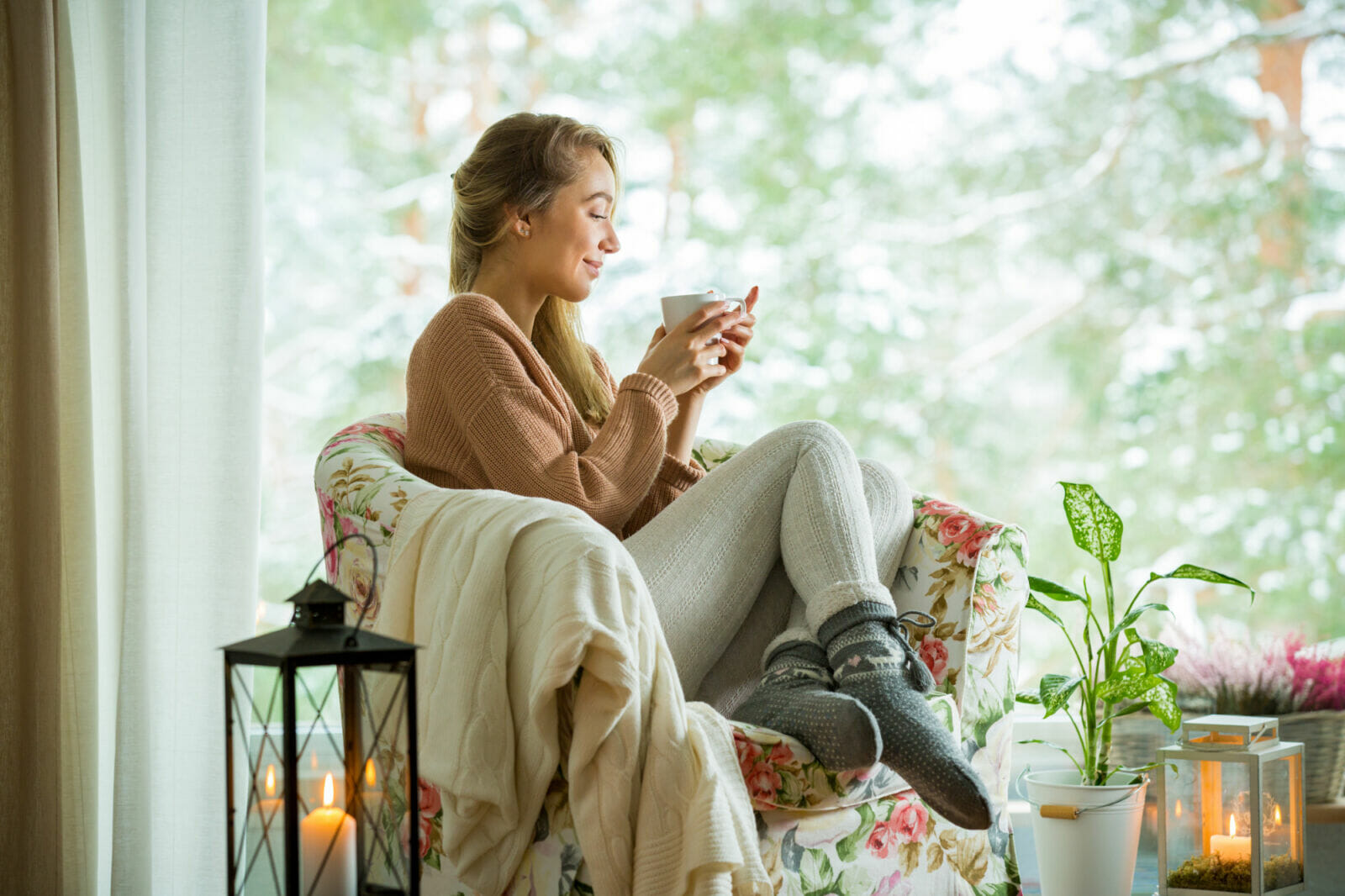Spending time outside in cold weather can feel really energizing, but it puts such a demand on your body. Your muscles work harder to stay warm, your circulation changes, and even light activity uses more energy than it would on a mild day. Coming back inside, most people rush to get warm fast, but it’s not always done in the most comfortable or effective way. Getting that part right can make a big difference in how you recover and how ready you feel to head out again the next day.
LOCAL NEWS: 100 best places to work and live in Arizona for 2025
What to Use for Better Warmth Without Overheating the Room
One of the biggest mistakes after outdoor activity is relying entirely on central heating to get comfortable. Turning up the thermostat tends to warm the whole space unevenly. It also dries out the air and does very little for your feet, which are usually still cold from the ground or wet socks. A better option is focused, low level heat where you actually need it. Energy-efficient heated floor rugs are a simple and reliable solution. They warm the area underfoot without wasting power on the rest of the room. Instead of waiting for hot air to fill the space, you feel the warmth where it matters most, especially important for people who deal with poor circulation or joint stiffness after cold exposure. These rugs work well near entryways, under a chair in the living room or by the bed, wherever you tend to land after coming inside. Because they use less energy than traditional heaters, they are also practical to run every day, even during longer stretches of cold weather.
How to Set Up Your Space for Recovery
It helps to have a spot that makes warming up easy and automatic. Start by choosing an area where you naturally go when you come inside. That could be near the door, in a mudroom, or just inside the kitchen. Make sure there’s a place to sit, a way to get out of wet boots and socks, and something warm underfoot. If the floor is cold tile or wood, that’s where a heated rug makes the most difference. Keep the space clear of clutter so you’re not stepping around bags or damp gear. If you use this spot for stretching or changing, you want it to be as comfortable as possible. This isn’t about making it look perfect. it’s about creating a space that works without much thought. A small towel for drying off, a hook for wet gloves, and a chair or bench can go a long way. The idea is to bring your body back to a comfortable state slowly and fully, without blasting heat or sitting in the cold for too long.
Why a Good Warming Routine Keeps You Going
The way you warm up affects more than just comfort. If your feet stay cold for hours or your hands never quite recover from the wind, your body stays tense. That tension can show up later as fatigue, stiffness or even poor sleep. On the other hand, a routine that helps you feel steady and warm within ten or fifteen minutes supports better circulation and helps you relax both physically and mentally. This also makes it more likely you’ll keep getting outside, even when the weather is unpredictable. People tend to avoid cold weather not because of the time outside, but because of how long it takes to feel normal afterward. If that part becomes easier, the whole experience improves.




